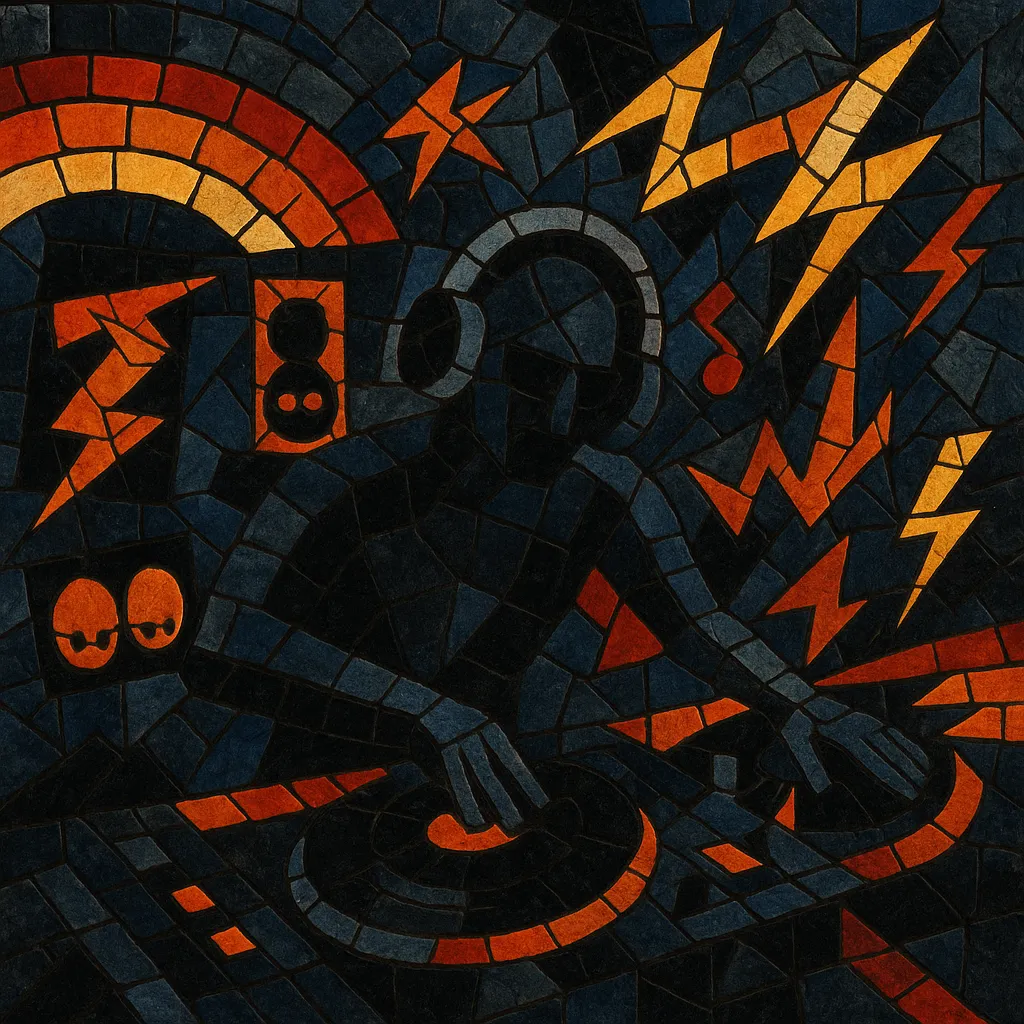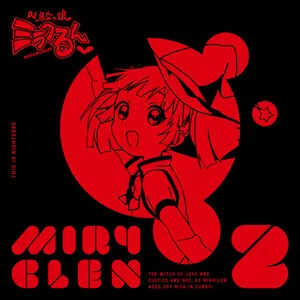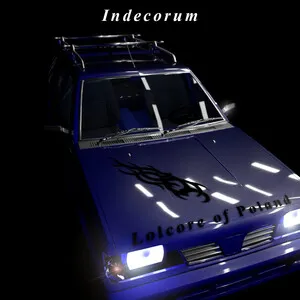UK hard house is a fast, driving style of 4/4 club music that emerged from the British hard dance scene in the mid-to-late 1990s. It is characterized by tempos around 140–150 BPM, a pounding kick drum, crisp off‑beat hi‑hats, aggressive snare builds, and tightly side‑chained basslines.
The sound leans on rave-ready synthesis: Alpha Juno “hoover” stabs, distorted 303 acid lines, short pitch‑bent riffs, and cut‑up vocal hooks or cheeky spoken samples. Tracks are engineered for the dancefloor with long DJ‑friendly intros/outros, big breakdowns, and dramatic risers that snap back into a relentless groove.
Compared to Chicago hard house, the UK strain is darker and more trance/techno‑inflected—less funky and more industrial, with harder kicks, more acidic textures, and a heavier, theatrical build-and-release arrangement style.
UK hard house grew out of the UK’s post‑rave club ecosystem, where house, acid house, techno and hard trance were converging in late‑night venues. London’s after‑hours institution Trade (at Turnmills) became a crucible: resident DJs pushed a tougher, faster take on house with techno punch and acidic bite. This sound was embraced by gay club culture and spread through the Midlands and North via all‑night parties and weekender events.
By the mid‑1990s the style had a clear identity: 140–150 BPM, hoover/acid motifs, and dramatic breakdowns geared to peak‑time intensity. Labels such as Tidy Trax (and Tidy Two), Nukleuz, Tripoli Trax and Tinrib Recordings professionalized the scene, pressing a steady stream of white labels and 12‑inches. DJs like Tony De Vit and later BK helped define the engineering and arrangement blueprints that producers would follow.
The sound crossed from underground clubs to bigger festivals and compilations, with Tidy Boys weekender events and hard dance‑branded nights (Sundissential, Frantic, Insomniacz) creating a national circuit. Radio mixes, chart‑adjacent remixes, and big‑room anthems momentarily pushed the style into broader recognition while keeping its DJ‑centric ethos.
As tastes shifted, UK hard house fragmented and cross‑pollinated with hard trance, hardstyle, and regional offshoots (e.g., Scouse house and later donk). While no longer a chart presence, the genre maintains a loyal following through revival nights, specialist labels, digital back‑catalogue reissues, and new productions that preserve the classic hoover‑and‑acid formula.








